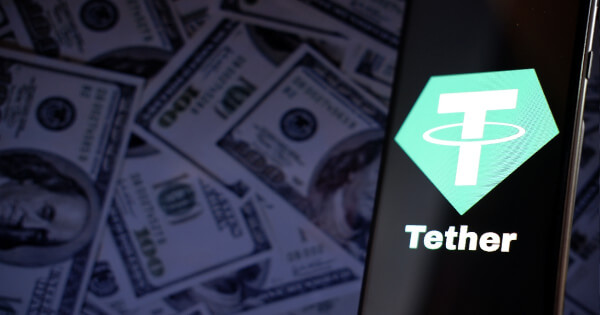Lawrence Jengar
Oct 03, 2025 01:03
The stablecoin market exploded in the third quarter of 2025, with net inflows skyrocketing to $45.
The stablecoin market exploded in the third quarter of 2025, with net inflows skyrocketing to $45.6 billion—a staggering 324% increase from the previous quarter’s $10.8 billion. The surge represents the most dramatic quarterly growth in the history of dollar-pegged digital assets, signaling a fundamental shift in how investors and institutions view cryptocurrency stability.
Market Leaders Drive Historic Growth
Tether’s USDT dominated the influx, capturing $19.6 billion in net inflows during the quarter, while Circle’s USDC secured $12.3 billion. The duo’s combined performance underscores their continued dominance in the stablecoin ecosystem, though their market share has decreased from a peak of 92% to 84% as competitors gain traction.
The quarter’s standout performer was Ethena’s USDe, which attracted $9 billion in inflows despite being a relatively newer entrant to the market. This synthetic stablecoin’s rapid adoption highlights growing appetite for alternative dollar-pegged assets beyond traditional offerings.
“We’re witnessing a maturation of the stablecoin market,” said Marcus Chen, head of digital assets research at Meridian Capital. “The $45.6 billion quarterly inflow represents not just speculative interest, but genuine adoption across retail payments, institutional treasury management, and decentralized finance protocols.”
Bot Activity Dominates Transaction Volume
While inflows tell one story, transaction data reveals another dynamic at play. Stablecoin activity reached a record $15.6 trillion in Q3 2025, but automated trading bots accounted for approximately 71% of all transfers. This finding suggests that while headline numbers appear robust, the underlying user behavior remains heavily influenced by algorithmic trading strategies.
Non-bot transactions represented roughly 20% of total volume, with the remaining 9% stemming from internal smart contract operations and exchange-based transfers. Despite bot dominance, retail transfers under $250 reached all-time highs, indicating growing adoption for everyday payments and cross-border remittances.
“The bot activity shouldn’t overshadow the real adoption metrics,” explained Sarah Rodriguez, blockchain analytics specialist at CryptoMetrics Pro. “Small-value transactions are growing exponentially, which demonstrates stablecoins are increasingly used for actual commerce rather than just speculation.”
Diversification Beyond Market Leaders
Beyond the top three performers, several emerging projects captured significant market share. PayPal’s PYUSD attracted $1.4 billion in net inflows, while MakerDAO’s USDS secured $1.3 billion. Ripple’s RLUSD and Ethena’s USDtb also demonstrated steady growth throughout the quarter.
The diversification trend suggests investors are seeking alternatives to dominant players, potentially driven by regulatory considerations, yield opportunities, or technical features offered by newer protocols.
Market Implications and Future Outlook
The massive quarterly inflow coincides with broader cryptocurrency market volatility, where investors increasingly turn to stablecoins as safe harbors during turbulent periods. The $56.5 billion in total inflows over the past six months represents the fastest growth rate in stablecoin history.
Total stablecoin market capitalization reached $292.6 billion by quarter’s end, reflecting sustained confidence in dollar-pegged digital assets. This growth trajectory positions stablecoins as critical infrastructure for the broader cryptocurrency ecosystem, facilitating everything from decentralized finance protocols to institutional settlement systems.
“The numbers speak to stablecoins becoming the backbone of digital finance,” noted David Kim, senior analyst at Blockchain Dynamics Research. “We’re seeing adoption across traditional finance integration, emerging market payments, and sophisticated DeFi strategies.”
Regulatory and Technical Considerations
The explosive growth occurs against a backdrop of evolving regulatory frameworks worldwide. Several jurisdictions are implementing comprehensive stablecoin regulations, which could impact future issuance patterns and market dynamics.
Technical innovations also drive adoption, with newer protocols offering enhanced yield mechanisms, improved scalability, and integration with traditional banking systems. These developments suggest the current growth trajectory may accelerate rather than plateau.
The third quarter’s performance establishes stablecoins as a permanent fixture in global financial markets, with institutional adoption complementing retail usage across payments, savings, and investment applications. As market infrastructure continues maturing, the sector appears positioned for sustained expansion throughout 2025 and beyond.
Image source: Shutterstock
